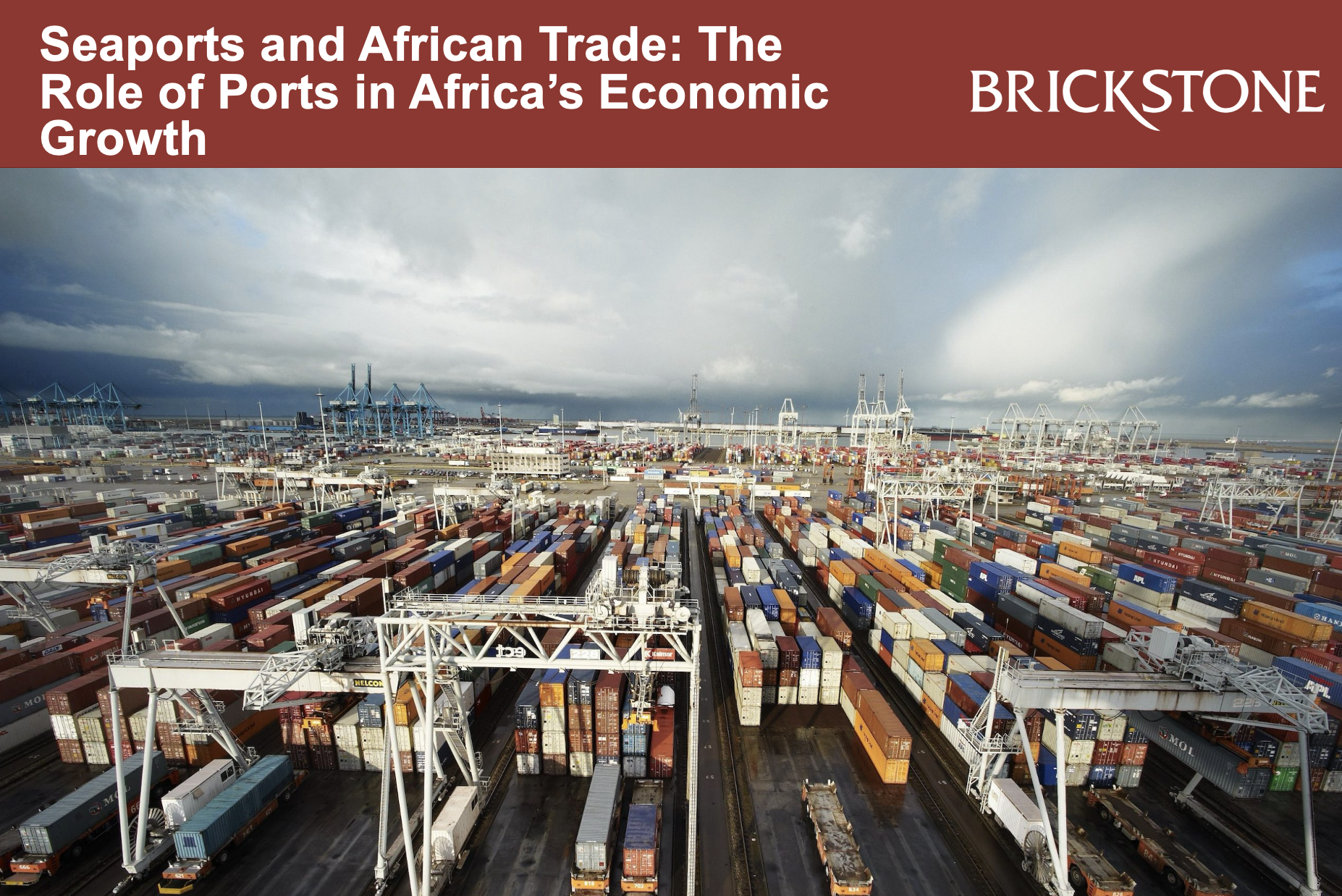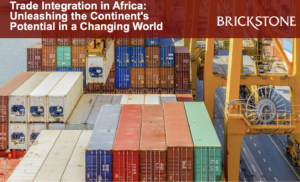Seaports and African Trade: The Role of Ports in Africa’s Economic Growth
Seaports and African Trade
Africa’s port infrastructure presents both challenges and opportunities for the development of trade. Among the key challenges is congestion, which leads to long cargo dwell time at the ports. Port congestion was already an issue on the continent long before the COVID-19 era.
On Feb. 9, Frank Ojadi from the Lagos Business School faculty talked about the latest paradigm shifts in ports globally and the role ports are now playing to enhance trade. Ojadi holds a PhD in transport economics and has published articles, book chapters and cases on Nigerian seaports, supply chain and logistics management, and the maritime industry.
In his presentation, part of CARISCA’s Distinguished Lecture Series, Ojadi first looked at the fundamentals and history of port development in Africa. He covered the early growth period and the role ports have traditionally played in African trade.
This article by Brickstone reviews CARISCA’s publication on the role of ports in Africa’s economic growth, highlighting key facts and highlights.
Growth in Seaports and African Trade
The growth or decline of seaports over time may be due to multiple factors, explained Ojadi. These include natural forces such as earthquakes, foreland influences such as global trade, political developments and market forces.
One of the other very powerful forces is geographical conditions,” he said. “That is, the site, the accessibility, and the special environment of the situation.
He also offered insights with respect to colonial-era port development on the continent.
“Most African ports evolved as gateway ports for evacuation of commodities by colonial masters to home countries,” said Ojadi. “In the cases of West African coastal countries, it was economically better to develop ports on the coastline than build a rail line or road across the Sahara Desert to Europe.”
A More Strategic Approach
Later, as trade grew and governments took control of port operations, a more strategic approach developed. People began asking, “What role will the port play in the economic development of the country?”
Generally, ports are structured into two main components—the sea-side and the land-side. The land-side could extend from the immediate vicinity of the port to remotely located contestable foreland far away from the sea shore.
Under the World Bank port classification in the 1980s, different port models emerged. The most favored type across most African countries is the landlord port model. In this case, a government agency assumes the role of the landlord and leases the infrastructure to private operators. They invest in the superstructure and manage the cargo flows.
“The challenge here is simply that, while the private sector drives for efficiency, you don’t see that kind of efficiency in the public sector,” Ojadi said. “Matters that require input from the public sector tend to get delayed and undermine the speed with which activities and decisions are taken.
“Some countries may favor the landlord port system because it brings about private sector participation and equity,” said Ojadi. “But they also need to be mindful of the fact that it will be in their interest to speed up the public-sector processes to avoid delays in decision making.”
Challenges of Congestion and Empty Containers
In his talk, Ojadi looked at the challenges African ports need to overcome to make supply chains on the continent more efficient. Although ports all around the world became bottlenecks during the COVID-19 pandemic, Nigerian ports began experiencing congestion much earlier, due to an economic recession in 2015.
Ojadi said one development that has improved the situation is the introduction of barges. Later, the use of truck-scheduling digital applications also helped.
“We never had barges operating in Nigerian seaports,” he said. “Movement of cargo was primarily limited to access by the road. But when the barges came, it became a relief that cargo can now be routed from the seaport terminals through other routes.”
Another problem the Nigerian ports had to address was how to handle empty containers. This challenge is the result of an imbalance between cargo coming into the country and cargo flowing out of the country.
“Most African countries rely a lot on exports of agricultural commodities that are shipped in bulk form,” said Ojadi. “The major bulk items or commodities that leave the country leave in bulk vessels.”
That means that import containers that deliver manufactured goods to Africa sit empty at their ports. “We now have empty containers littering all over the port vicinity,” said Ojadi. “And it added to the problem of COVID-19 in 2020 and 2021.
Learn more about Seaports and African Trade here.






